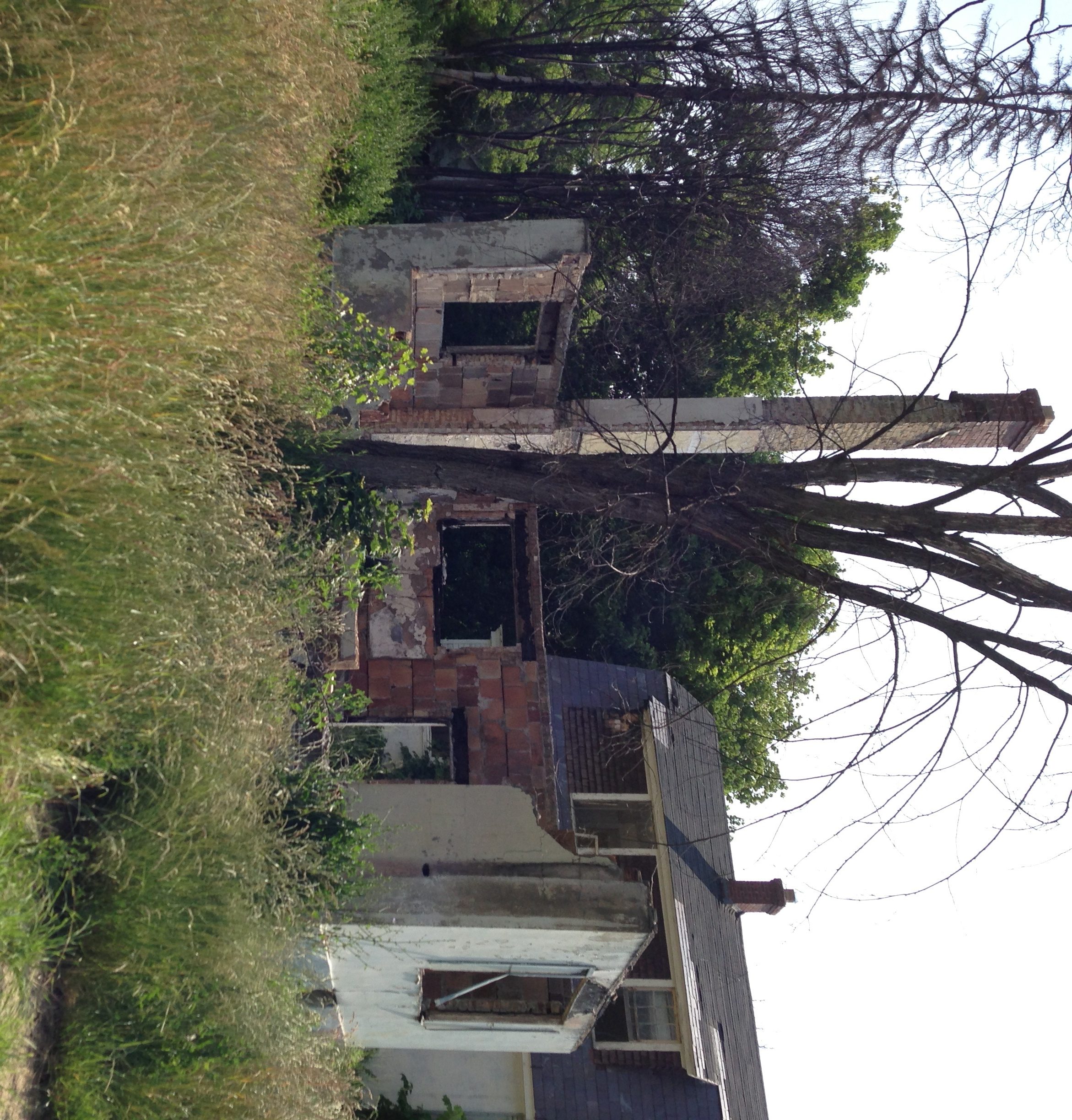Topic(s): Code Enforcement System
Historic blight blitz is now underway in Flint, Saginaw
October 25, 2013

 A historic new ‘blight blitz’ is now underway in Michigan, constituting the largest blight removal program in the state’s history. Both the state and the nation have a renewed interest in promoting urban revitalization in Michigan through thoughtfully attending to the state’s vacant, abandoned, and problem properties.
A historic new ‘blight blitz’ is now underway in Michigan, constituting the largest blight removal program in the state’s history. Both the state and the nation have a renewed interest in promoting urban revitalization in Michigan through thoughtfully attending to the state’s vacant, abandoned, and problem properties.
Last week, the cities of Flint and Saginaw began large-scale blight-removal efforts, using their share of the $100 million Hardest Hit Funds (HHF) allocated by the federal government for demolition in the State of Michigan. While Detroit has the lion’s share of vacant properties in the state, and was awarded over half of the available funds, Flint, Saginaw, and communities across Michigan are dealing with extensive vacant property inventories. The ‘blight blitz’ is targeting 950 homes in Saginaw and 1,600 in Flint.
The program has generally inspired positivity and hope in local leaders that their communities will move forward on an issue that has long plagued the region. Flint Mayor Dayne Walling said, “This will be a big strike at the blight that undermines too many neighborhoods. We hope this encourages the people who live in our neighborhoods to take heart and continue revitalizing their communities.” US Representative and former Community Progress CEO Dan Kildee commented, “These strategic investments will help to rebuild communities and restore property values for homeowners in mid-Michigan.”
While demolition is an important tool in the fight against blight, it is only effective if it is strategic, as Alan Mallach and Lavea Brachman wrote in a recent op-ed. There is always a pull between demolition and preservation, and it is important to implement demolition with the goal of stabilizing property values and increasing quality of life. According to Michael Brady, our Vice President for Policy, demolition activity should be “employed in a surgical manner in conjunction with other tools,” and should be “informed by market realities, neighborhood strengths, community concerns, and local preferences for historic preservation and density.”
While time will only tell how successful this blitz will be at stabilizing communities, and demolition is only one part of a comprehensive approach to revitalization, the time and resources reflect a heartening commitment to resolving blight.
Subscribe to join 14,000 community development leaders getting the latest resources from top experts on vacant property revitalization.
